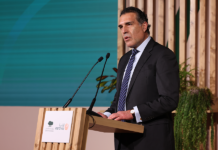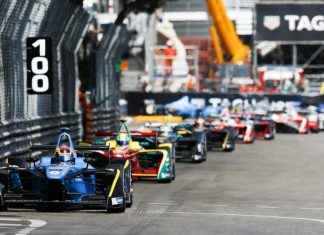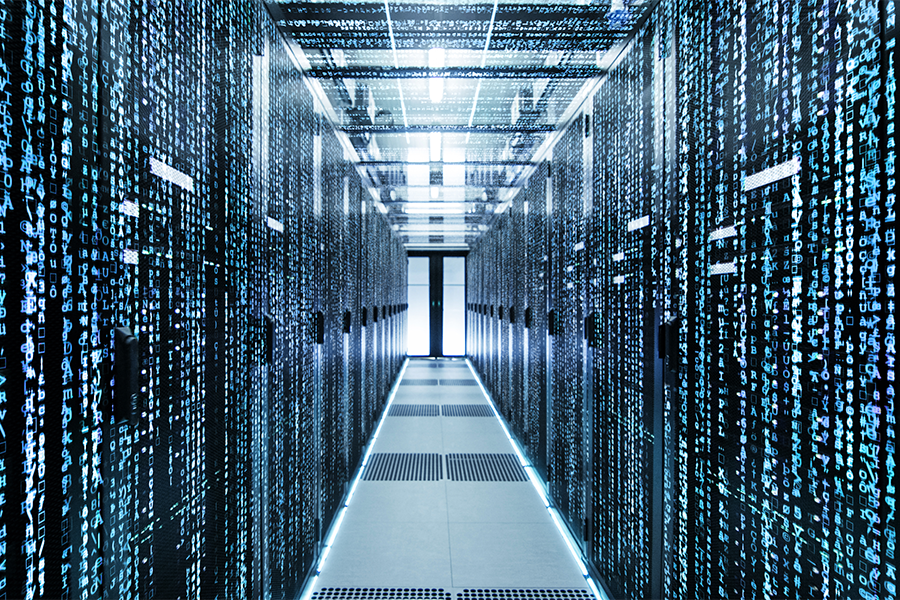 A unique research university in a country in transformation, the King Abdullah University of Science and Technology (KAUST) in Saudi Arabia is on the cutting-edge of innovation in High-Performance Computing (HPC).
A unique research university in a country in transformation, the King Abdullah University of Science and Technology (KAUST) in Saudi Arabia is on the cutting-edge of innovation in High-Performance Computing (HPC).
Unconstrained by the shackles of undergraduate teaching or degree programs, the scientists at KAUST’s Extreme Computing Research Center (ECRC) are pushing the envelope of computational simulation.
In a dynamic and multi-cultural environment, KAUST researchers have developed new ways of harnessing the power of supercomputers to model systems at a wide range of scales, whether scientists are simulating the human genome, modelling earthquakes or forecasting ocean currents and changes to the climate.
Dr David Keyes, a global pioneer in scientific simulation who came to KAUST from Columbia University and the US Department of Energy, spoke to Buzz about the work of the ECRC and his vision for the future of supercomputing.
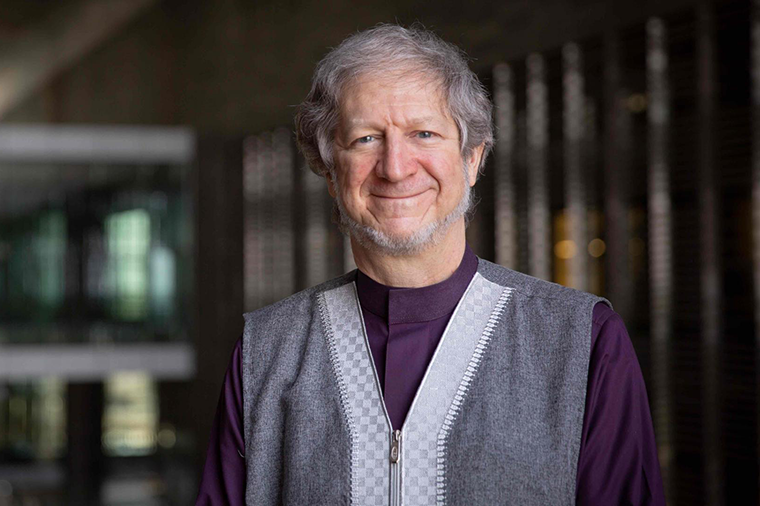
What makes KAUST special?
We are a 21st century university where we are free to invent things in an ad hoc way without barriers. One reason we are free is that we do not field accredited undergraduate programs so we can structure our research not around our degree programs but around our missions: energy, food, water and the environment.
Most research universities were created after the Humboldt model of the 19th century. They were built on theory and experiment, not computation and big data. They have not caught up with the change in “ways of knowing” from just two pillars to now four. At KAUST, we have the freedom to invent. We aren’t allocated on the basis of student credit hours or the things that drive the politics of a standard university. We are rethinking the model for the graduate research university.
Let’s talk about your HPC hardware. What infrastructure do you have and what are your plans for the future?
Shaheen II is a Cray XC40 that when installed was the largest, fastest and most powerful supercomputer in the Middle East. It is not exciting to look at. It looks something like 60 cabinets each one of which is about the size of a refrigerator, in a room about the size of half a basketball court. But inside, its memory and processor cores are hosted many virtual worlds. We are now processing bids for Shaheen III, which will be even more powerful and even more energy-efficient. We hope to have it serving users by June 2023.
“Supercomputing drives advances in technology that benefit all society”
David Keyes, Director of Extreme Computing Research Center (ECRC)
What does this new computing power mean for simulation?
We have passed a barrier in simulation where the models can now inform us rather than just explain what we have already discovered. For example, when we are modelling the oceans, we can flood the computational domain with detail about salinity, temperature, velocity, concentration of phytoplankton, and we build models that are incredibly realistic. You could not have afforded that detail in the past.
We have rich sets of data that can tune the models and also can work without models, which has been surprising to me as a model builder. I have been in engineering and computational math for 40 years and I have always thought that if you have the equations that is the best. But in fact if you have data you can predict behaviors without knowing equations, sometimes at less cost than by refining the models for required accuracy or throughput. It is a revolutionary intermediate step between thinking and the final confirming experiments.
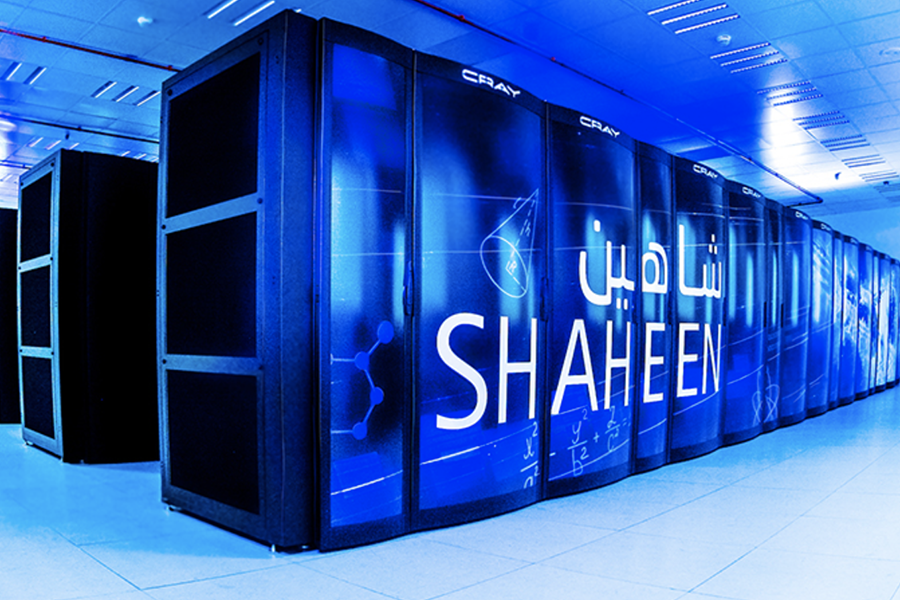
What practical innovations have come out of supercomputing at KAUST?
On the applications side, one of our colleagues at KAUST uses computer visualization to replace humans at microscopes and recognize plankton species in a sample of Red Sea water. Another has designed the wing of a Formula One racing car. Another uses our computers to simulate earthquakes and quakes on Mars. We are helping government bodies and companies predict changes to the climate so they can improve renewable energy production.
Our software is helping new extremely large telescopes correct for turbulence in the atmosphere. It is also helping scientists predict the traits of a genome. So we support a diversity of applications ranging from nanometers to thousands of kilometers. They all “look the same” to a computer scientist.
At KAUST, we have the know-how to compress large volumes of data into uniform blocks and process them quickly using our HPC architectures. One of our niches is that intersection between irregular problems that mathematicians study with low performance and highly uniform problems that computer scientists can process very fast. We can operate on the data quickly and make predictions for climate scientists in one day that might take months by conventional means.
How do you see HPC and computational simulation evolving at KAUST and beyond?
At its most fundamental level computing is complementary to the human brain. It is very good at doing lots of simple things very fast but not generally creative. It can only imitate what humans do or do what humans want it to do. It does some things very well, like optimizing a function, inverting a matrix, or solving a differential equation to predict the future if you know the present rate of change.
My vision for computing is for it to enable fewer and fewer experiments. Experiments are expensive. Some are prohibited by treaty like nuclear explosions. Some are inaccessible like supernovae. Some are risky like playing with the climate, some are unethical like playing with animals.
If computing can do almost all the work and have the expensive, questionable experiment at the end verify the result, then we will be in good shape![]()




















